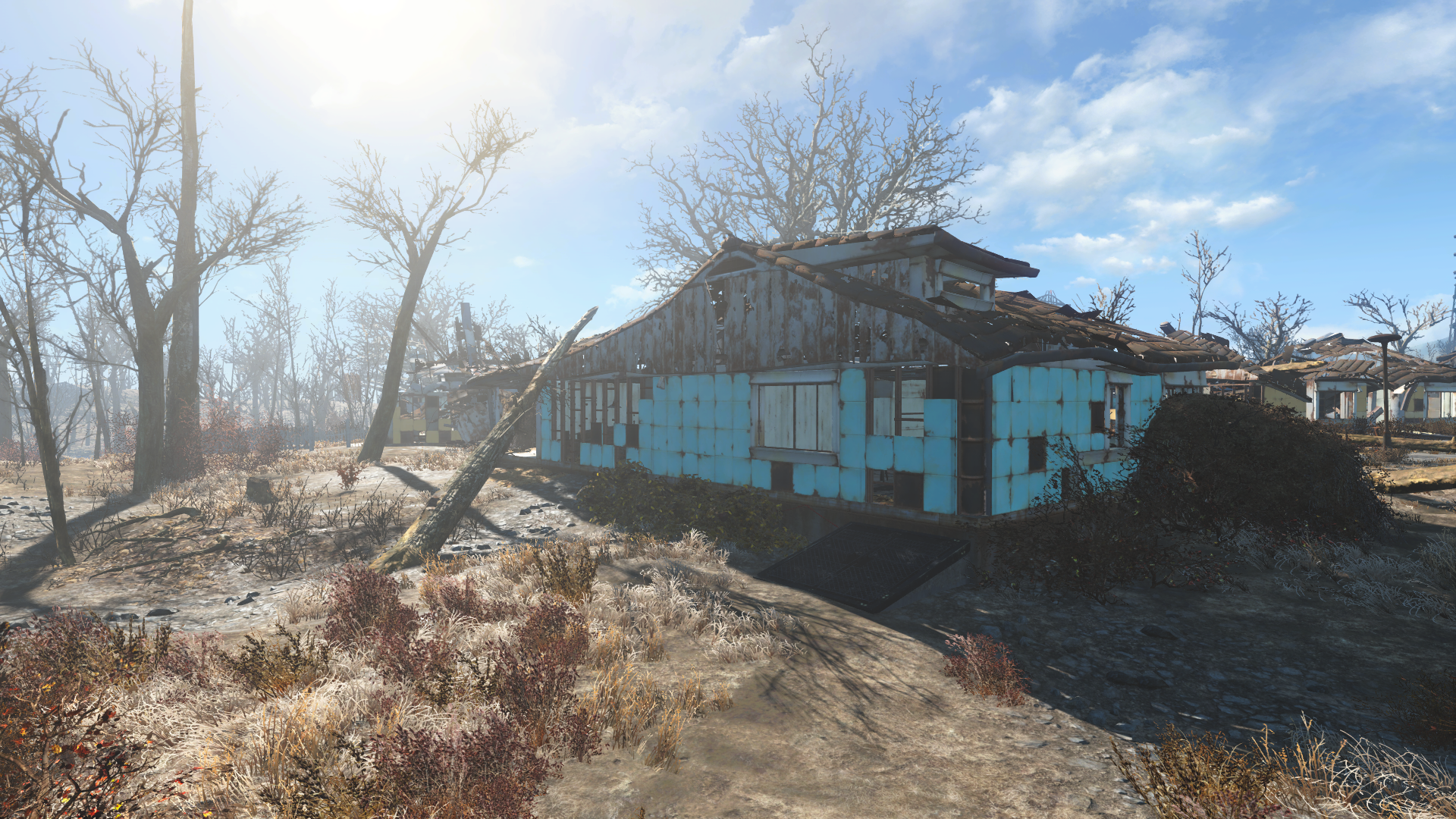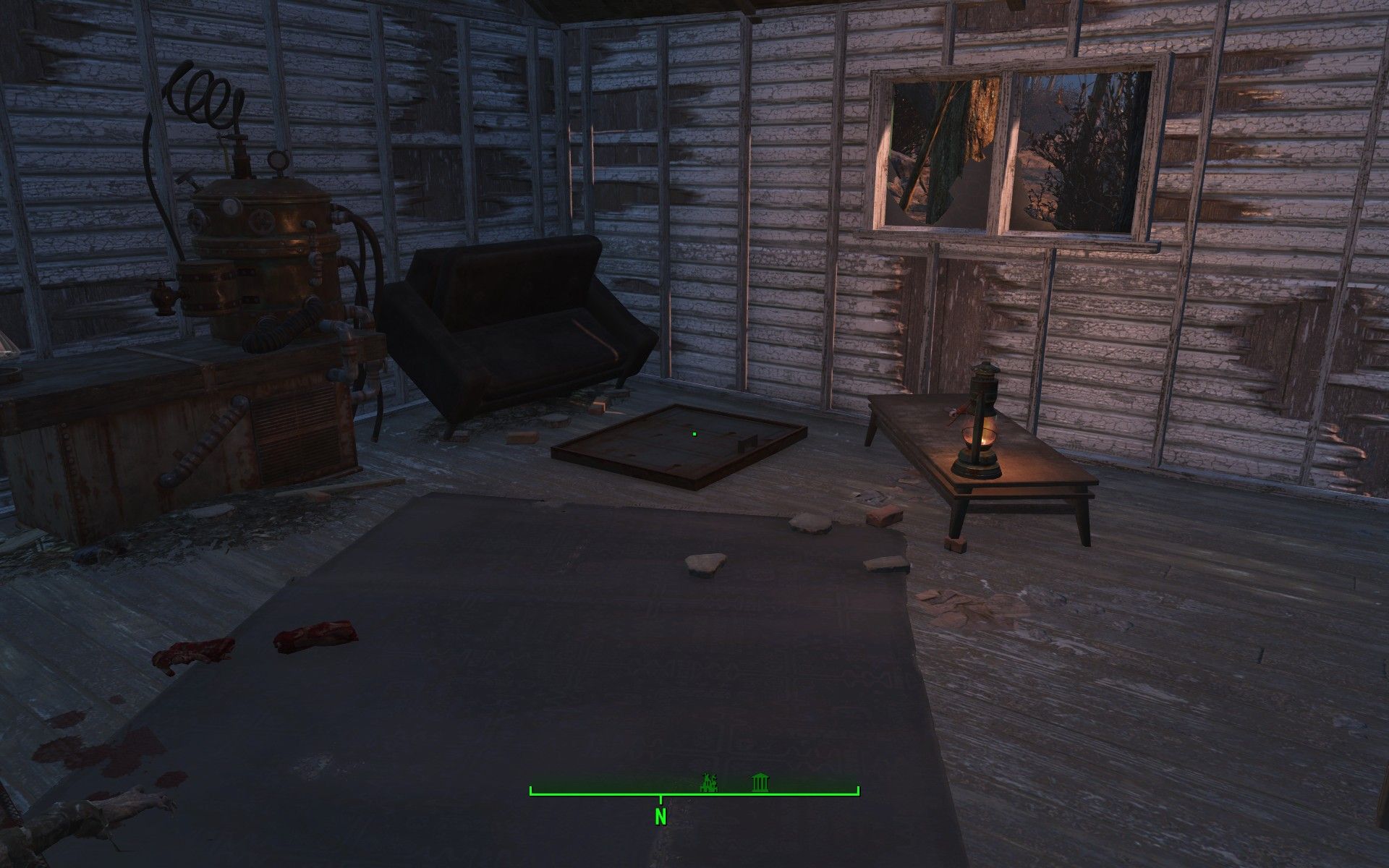
Separate cellars are occasionally used for storing fruits, such as apples. A potato cellar is sometimes called a potato barn or potato house. Other food supplies placed in the root cellar during winter months include beets, onions, jarred preserves and jams, salt meat, salt turbot, salt herring, winter squash, and cabbage. Vegetables stored in the root cellar primarily consist of potatoes, turnips, and carrots.

A secondary use for the root cellar is as a place to store wine, beer, or other homemade alcoholic beverages.

Typically, a variety of vegetables are placed in the root cellar in the autumn after harvesting. Root cellars keep food from freezing during the winter and keep food cool during the summer to prevent the spoiling and rotting of the roots, for example, potatoes, onions, garlic, carrots, parsnips, etc. Many crops keep longest just above freezing (32-35 degrees Fahrenheit or 1-3 degrees Celsius) and at high humidity (90–95%), but the optimal temperature and humidity ranges vary by crop, and various crops keep well at temperatures further above near-freezing but below room temperature, which is usually 65-70 degrees Fahrenheit. Root cellars are for keeping food supplies at controlled temperatures and steady humidity. Two traditional sod-covered potato cellars in southeastern Idaho Thus they are popular among diverse audiences, including gardeners, organic farmers, DIY fans, homesteaders, preppers, subsistence farmers, and enthusiasts of local food, slow food, heirloom plants, and traditional culture. Although present-day food distribution systems and refrigeration have rendered root cellars unnecessary for many people, they remain important for those who value self-sufficiency, whether by economic necessity or by choice and for personal satisfaction. Root cellaring has been vitally important in various eras and places for winter food supply. The structure may not always be underground. A wide variety of foods can be stored for weeks to months, depending on the crop and conditions.

Its name reflects the traditional focus on root crops stored in an underground cellar, which is still often true. Interior of a large Wyoming root cellar with cropsĪ root cellar (American English) or earth cellar (British English) is a structure, usually underground or partially underground, used for storage of vegetables, fruits, nuts, or other foods.


 0 kommentar(er)
0 kommentar(er)
